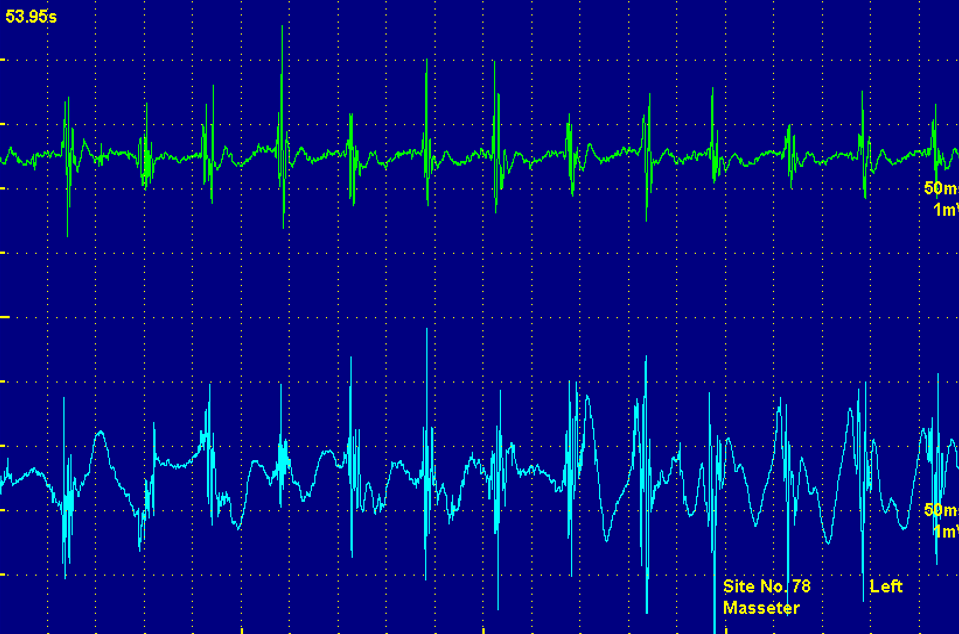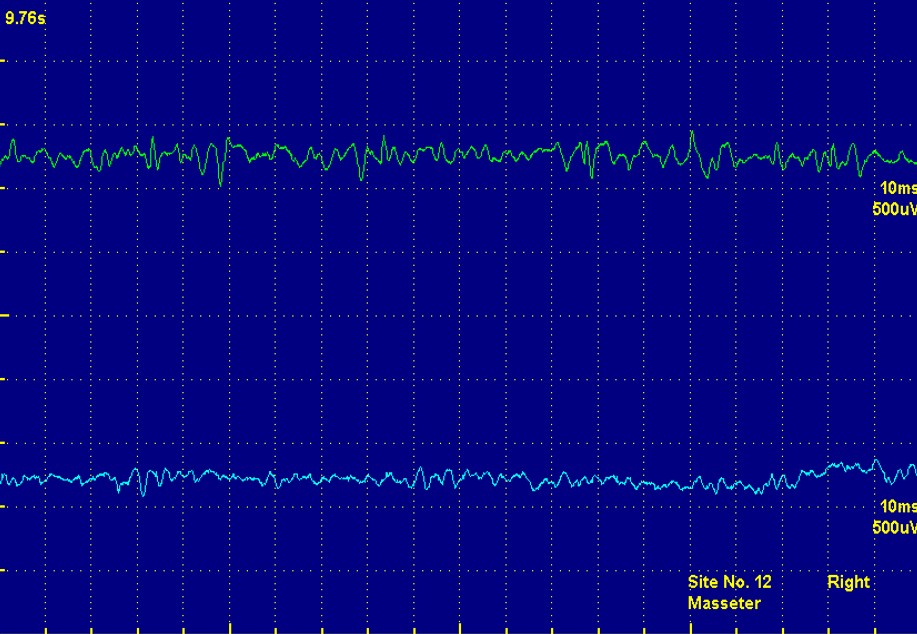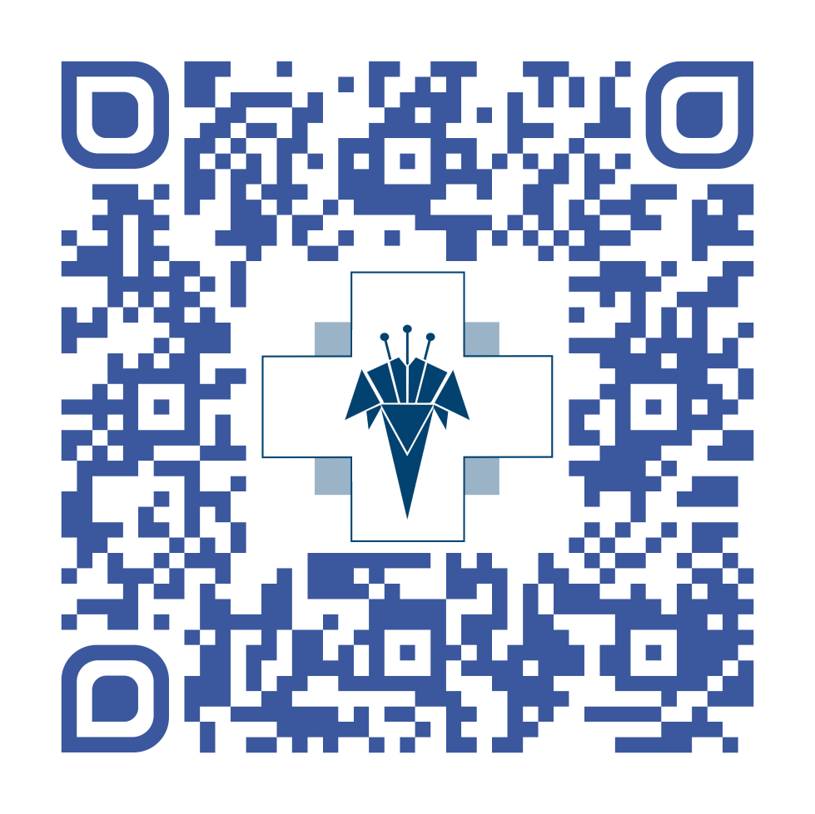Session Information
Date: Tuesday, September 24, 2019
Session Title: Tremor
Session Time: 1:45pm-3:15pm
Location: Les Muses Terrace, Level 3
Objective: To present a rare movement disorder of an orthostatic jaw tremor and a remarkable benefit from treatment with botulinum toxin A
Background: Jaw tremor is a component of various neurological disorders and, usually, it is associated with tremor or other abnormal involuntary movements affecting additional body parts. However, isolated jaw tremor is a rare clinical presentation
Method: case report
Results: We present a 40-year-old man with a 3-year history of jaw tremor, no other neurological symptoms or family history of neurological disorders. The tremor was paroxysmal, 10 episodes/day, lasting minutes to hours. It was never present during sleep, and he could make it stop by making any movement with his mouth. The movements were not affected by consuming alcohol and did not affect the voice or the swallowing.On examination, we noticed a rapid rhythmic movement of the relaxed jaw. It disappeared when he opened his mouth, talked, clenched his teeth or any additional voluntary movements that required activation of the masseters. It recurred immediately upon returning the jaw to a resting position. The movement did not change in frequency or amplitude with distraction maneuvers. The remainder of the neurological examination was normal, no other tremors or involvement of other facial muscles. He had undergone an extensive unrevealing workup such as a contrast-enhanced brain magnetic resonance imaging, thyroid, liver and renal function tests, serum electrolytes and blood count. The needle electromyography examination showed involuntary, intermittent and synchronized muscular contractions in both masseter muscles at a frequency of 13 to 14 Hz (Figure 1). No changes were found in other muscles.We treated him by injecting 25 units of botulinum toxin type A into each masseter. The tremor completely disappeared five days after the injections and was no longer detectable by electromyography (Figure 2). There was no report of side effects or masseter weakness
Conclusion: The human mandible trembles imperceptibly at a frequency around 7 Hertz (Hz). The frequency of most types of jaw tremor is lower than 12 Hz and it is usually associated with other abnormal involuntary movements. There are only 2 reports of jaw tremor with characteristics of primary orthostatic tremor at a frequency more than 14 Hz. The orthostatic tremor is explained by the anti-gravity function of the jaw muscles when the jaw is maintained in resting position and disappears with any voluntary movements
References: Sowman PF, Thompson PD, Miles TS. Investigation of an unusual, high-frequency jaw tremor with coherence analysis. Mov Disord. 2008 Feb 15;23(3):441-3. Schneider, S. A., & Bhatia, K. P. The entity of jaw tremor and dystonia. Movement Disorders, 22(10), 1491–1495. Junge, D., Rosenberg, J. R., & Halliday, D. M. Physiological tremor in human jaw-muscle system. Archives of Oral Biology, 43(1), 45–54. Louis, E. D., Rios, E., Applegate, L. M., Hernandez, N. C., & Andrews, H. F. Jaw tremor: Prevalence and clinical correlates in three essential tremor case samples. Movement Disorders, 21(11), 1872–1878. Gonzalez-Alegre, P., Kelkar, P., & Rodnitzky, R. L. Isolated high-frequency jaw tremor relieved by botulinum toxin injections. Movement Disorders, 21(7), 1049–1050. Schrag, A., Bhatia, K., Brown, P., & Marsden, C. D. (1999). An unusual jaw tremor with characteristics of primary orthostatic tremor. Movement Disorders, 14(3), 528–530.
To cite this abstract in AMA style:
R. Moraes, F. Sousa, P. Pereira, J. Freitas, L. Santos, J. Junior, M. Rocha. Orthostatic jaw tremor, a diagnostic challenge [abstract]. Mov Disord. 2019; 34 (suppl 2). https://www.mdsabstracts.org/abstract/orthostatic-jaw-tremor-a-diagnostic-challenge/. Accessed April 3, 2025.« Back to 2019 International Congress
MDS Abstracts - https://www.mdsabstracts.org/abstract/orthostatic-jaw-tremor-a-diagnostic-challenge/



